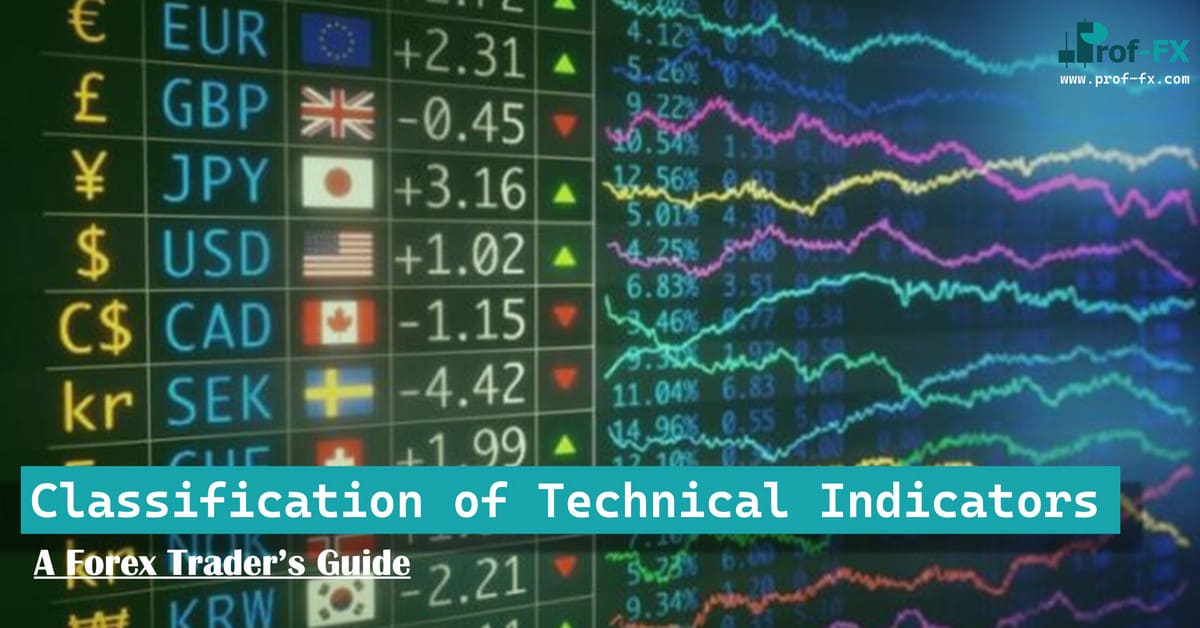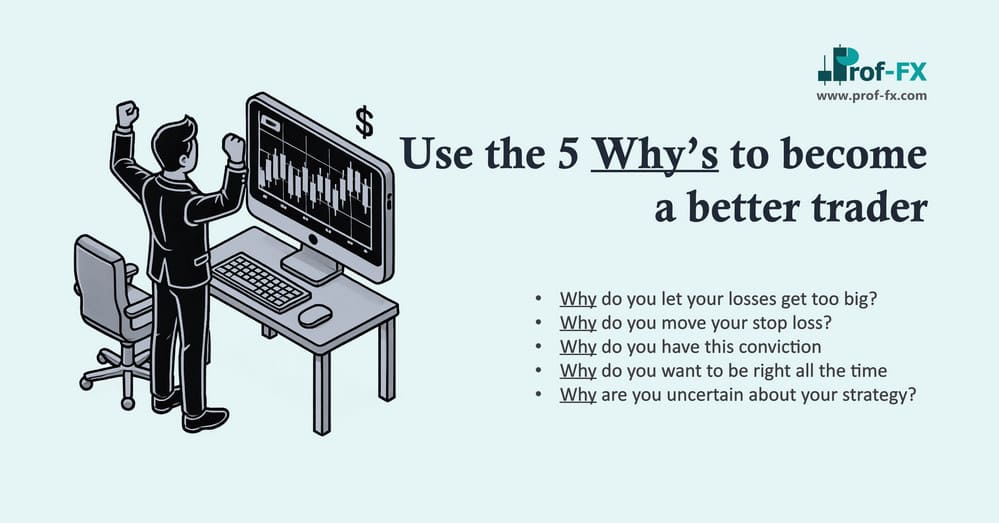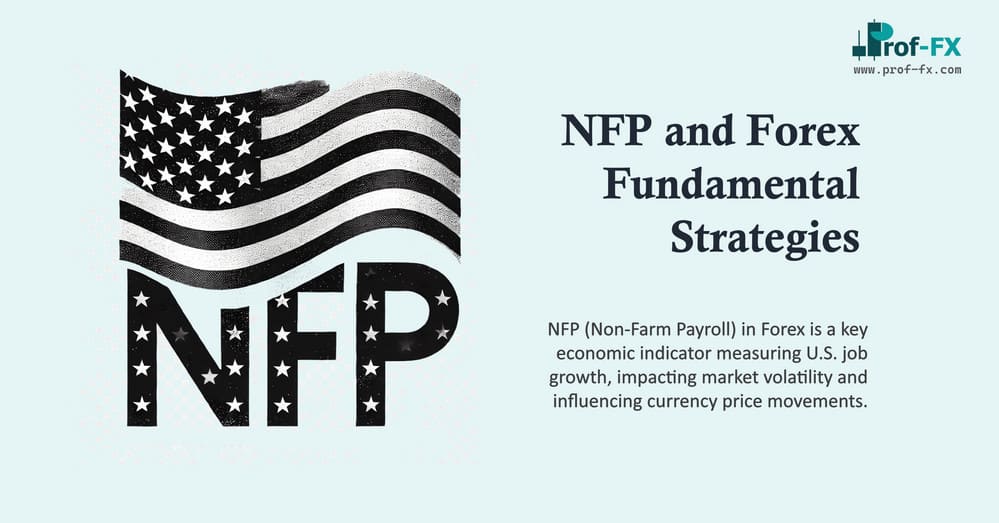If you look at a dollar bill and think about its intrinsic value, you realize that it’s just a piece of special paper that probably isn’t worth too much on its own. So how does that dollar’s value get compared to currencies all over the world? What makes a dollar strong or weak? It actually comes down to a lot of factors, all of which can contribute to a currency’s worth.
Currency Pairs
In Forex trading, most of the valuation is based on a currency’s relative value compared to other currencies, according to prof-fx.com. Currencies are coupled in what are called currency pairs, which form the pricing and quotation structure of Forex market trading. Currency Pairs indicate how much of one currency is necessary to buy one unit of the other currency.
Prof FX explains that the evaluation of currency pairs will change according to the respective countries’ business and interest rate cycles as well as their short-term and long-term economic prospects. When currency pairs are plotted over a long period of time, they’ll often show trends in a certain direction.
If currency pairs are based on the countries involved and their economic stability, what are some of the more specific components that make up this evaluation? Here’s a look at a few of the commonly used measurements.
Economic Conditions
The state of a nation’s economy can have a huge impact on the value of its currency. According to an Investopedia article on Yahoo! Finance, there are several different economic indicators that can point to the health and potential growth (or lack of growth) that an economy is experiencing. Deviations from the norm may drastically change a currency’s value.
The article says that one main indicator is GDP, or the country’s gross domestic product. This measurement reflects the value of all of the services and goods that the country produces in a year, according to the CIA website. For example, this CNN Money article (which mentions that GPD is the broadest measure of a country’s economic health) explains how the U.S. economy is weaker than people have feared.
Another indicator is the CPI, or the Consumer Price Index, which the Bureau of Labor Statistics describes as the data on how prices paid by urban consumers for a select basket of services and goods have changed. Yahoo! says that the CPI is used to see if a country is losing or making money on what it offers and produces. There are many other measurements that can come into play, but there are other major components that factor into currency valuation, as well.
Other Considerations
Investopedia names a few other factors that are considered when determining a currency’s value, including the supply and demand for a type of currency. For example, if people want to buy American exported goods and services, they’ll have to change their currency to ours and thus “buy” dollars, which increases the demand for the dollar.
This raises a question about how China is able to keep their yuan weak. A Wall Street Journal blog post breaks down the process into layman’s terms and explains that how, even if Americans were building factories in China and selling dollars to buy yuans (thus driving up the demand and worth of the yuan, all things equal), the Chinese banks are required to give the greenbacks to the central bank, where the government then pays the banks back in yuan (after printing more yuan).
Other factors that contribute to currency valuation include market psychology, other technical factors, and more. When you trade commodities online, it’s impossible to pinpoint one sole influence on value, so it’s important to consider them all.
Conclusion
Measuring the worth of a currency is not a straightforward task — several different factors come into play when assessing both a nation’s economic stability and the currency’s supply and demand, both of which influence the worth of a unit of currency.
As China has shown, a manipulation of one of these factors can allow value to be controlled in some way, especially if it involves one of the major elements that determine the currency’s worth.










